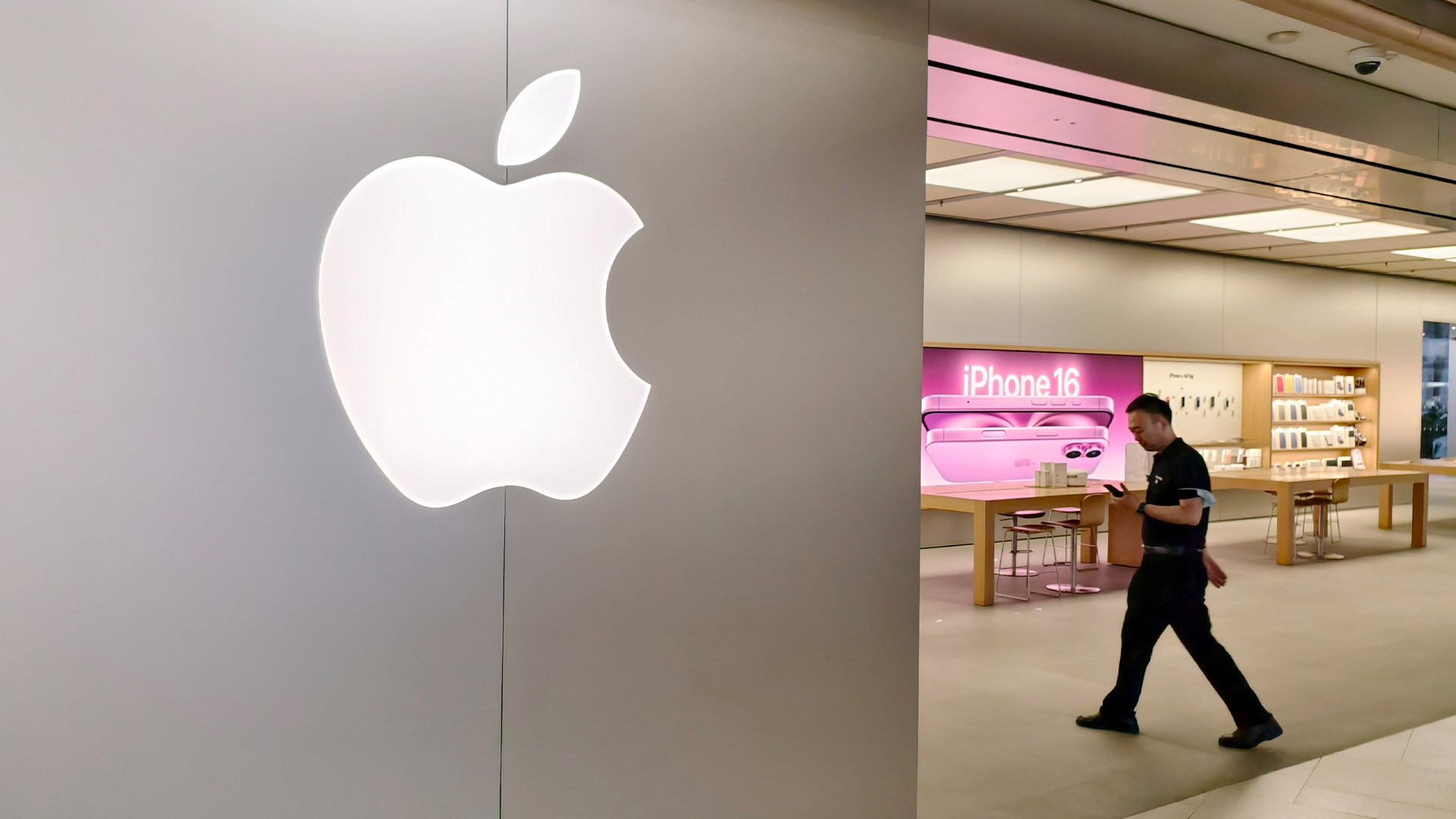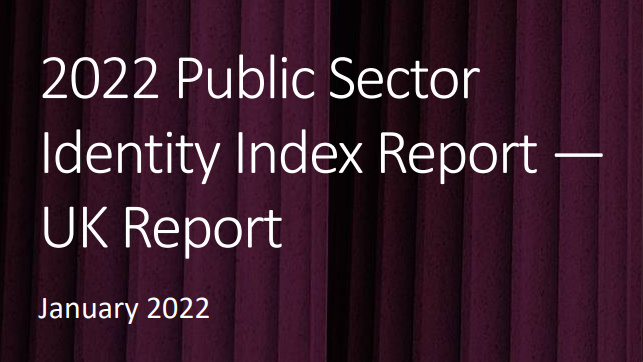Threat of cyber attacks to national security compared to that of chemical weapons
The UK government has raised the threat level posed by cyber attacks, deeming it greater on average than an event such as the Salisbury poisoning


The UK government now deems the risk of cyber attacks to be more severe than that presented by small-scale chemical, biological, radiological, or nuclear (CBRN) attacks, such as the Salisbury poisoning.
That’s according to its latest National Risk Register (NRR) report for 2023 which assigns severity scores to various scenarios that could have a substantial impact on the safety and security of the UK at a national level.
Cyber attacks on infrastructure were given an impact rating of 3 out of 5 or ‘moderate’, alongside risks such as severe storms brought on by climate change and terrorist attacks on transport. Small-scale CBRN attacks were rated 2 or ‘limited’, in comparison.
This represented an escalation in severity since the 2020 NRR, which had classified cyber attacks as a ‘minor’ risk that would affect essential services for less than 12 hours and cause only tens of millions of pounds in damage.
Scores of 4 or 5 indicated a ‘significant’ or ‘catastrophic’ impact. Risks deemed ‘catastrophic’, associated with tens of billions of pounds in damages and more than 1,000 fatalities, included pandemics, nuclear accidents, and large-scale CBRN attacks.
In the latest edition, it now believes major cyber attacks could lead to much more serious consequences which, in some cases, could take months to recover.
Cyber attacks on UK energy infrastructure including nuclear systems, fuel supply, health and social care systems, the transport sector, and telecommunications were assessed as part of a widespread government analysis of the greatest threats facing the UK.
Sign up today and you will receive a free copy of our Future Focus 2025 report - the leading guidance on AI, cybersecurity and other IT challenges as per 700+ senior executives
Future of CNI attacks

The threat of cyber attacks on critical national infrastructure (CNI) has always been real and one the cyber security industry has seen on a number of occasions.
One of the most notable of recent years was REvil's ransomware attack on Colonial Pipeline in 2021. The attack saw fuel distribution throughout the east coast of the US ground to a halt, causing immense disruption.
That was a freak, rare occurrence and it's why it sticks in the memory of those in the field. However, throughout this year national security experts have raised the alarm over the threat of attacks to CNI.
The ongoing conflict in Russia has prompted the UK's NCSC to advise CNI operators to 'expect' attacks from Russia-aligned adversaries.
The former leader of the NCSC Ciaran Martin also told ITPro earlier this year that he expects CNI to be the next big target for ransomware outfits.
Attacks such as those on critical national infrastructure were considered through the lens of both cyber and conventional attacks.
The report concluded that although a sophisticated cyber attack on electricity infrastructure could be quicker to remedy than an attack on the same target using conventional weapons, it may have a larger effect on other critical services.
Though cyber attacks as a whole were deemed ‘moderate’ in impact, an attack that led to the total failure of the National Electricity Transmission System, for example, was considered ‘catastrophic’ in impact due to the knock-on effect it would have on telecoms, water, sewage, and fuel.
Experts across areas including cyber, climate, terrorism, and state threats consulted with the government to inform the results. Historical events were used to place some risks in context.
For example, the WannaCry incident was cited in the government’s analysis of the potential risks of a cyber attack on UK health and social care systems, an event which it deemed would have immediate effects.
Other risks lacked specific detail, which the government stated was necessary in order to provide transparency while protecting national security and commercial secrets.
In all, the government assessed 89 risks that could have a substantial impact on the safety and security of the UK at a national level if they came to pass as part of its latest NRR.
Each of the 89 risks was placed on a matrix grouped by likelihood, ranging from less than 0.2% for a worst-case scenario to occur within a set period, to a greater than 25% chance. Malicious risks were considered over a two-year period, versus a five-year period for non-malicious risks.
RELATED RESOURCE

Top 10 ways to anticipate, eliminate, and defeat cyberthreats like a boss
Discover the top ten ways you can manage risk and cyber security with a modern, integrated, cloud-based platform approach.
While non-malicious risks were assessed by relevant government departments and expressed with a percentage value to represent their likelihood, malicious risks underwent a three-part risk consideration. This took into account the vulnerability of targets, the intent of threat actors, and their ability to conduct a successful attack.
All cyber attack risks were grouped together to form an average risk assessment on the matrix and were overall found to represent a moderate risk and be between 5-25% likely to occur.
Risks were also scored on severity from minor, which could result in millions of pounds in damage and 1-8 fatalities, to catastrophic which would result in tens of billions of pounds of damage and more than 1,000 fatalities.
The full range of risk groups assessed in the document were:
- Terrorism
- Cyber
- State threats
- Geographic and diplomatic
- Accidents and system failures
- Natural and environmental hazards
- Human, animal, and plant health
- Societal
- Conflict and instability

Rory Bathgate is Features and Multimedia Editor at ITPro, overseeing all in-depth content and case studies. He can also be found co-hosting the ITPro Podcast with Jane McCallion, swapping a keyboard for a microphone to discuss the latest learnings with thought leaders from across the tech sector.
In his free time, Rory enjoys photography, video editing, and good science fiction. After graduating from the University of Kent with a BA in English and American Literature, Rory undertook an MA in Eighteenth-Century Studies at King’s College London. He joined ITPro in 2022 as a graduate, following four years in student journalism. You can contact Rory at rory.bathgate@futurenet.com or on LinkedIn.
-
 ‘Hugely significant’: Experts welcome UK government plans to back down in Apple encryption battle – but it’s not quite over yet
‘Hugely significant’: Experts welcome UK government plans to back down in Apple encryption battle – but it’s not quite over yetNews Tulsi Gabbard, US director of national intelligence, has confirmed the UK plans to back down on plans that would see Apple forced to create a "back door" for authorities.
-
 ‘A huge national security risk’: Thousands of government laptops, tablets, and phones are missing and nowhere to be found
‘A huge national security risk’: Thousands of government laptops, tablets, and phones are missing and nowhere to be foundNews A freedom of information disclosure shows more than 2,000 government-issued phones, tablets, and laptops have been lost or stolen, prompting huge cybersecurity concerns.
-
 The UK cybersecurity sector is worth over £13 billion, but experts say there’s huge untapped potential if it can overcome these hurdles
The UK cybersecurity sector is worth over £13 billion, but experts say there’s huge untapped potential if it can overcome these hurdlesAnalysis A new report released by the DSIT revealed the UK’s cybersecurity sector generated £13.2 billion over the last year
-
 "Thinly spread": Questions raised over UK government’s latest cyber funding scheme
"Thinly spread": Questions raised over UK government’s latest cyber funding schemeThe funding will go towards bolstering cyber skills, though some industry experts have questioned the size of the price tag
-
 2022 Public Sector Identity Index Report
2022 Public Sector Identity Index ReportWhitepaper UK Report
-
 UK and Japan strike digital partnership to collaborate on IoT security, semiconductors
UK and Japan strike digital partnership to collaborate on IoT security, semiconductorsNews The two countries are also set to align their approaches to digital regulation to make it easier for companies to operate in each nation
-
 Defra's legacy software problem 'threatens' UK gov cyber security until 2030
Defra's legacy software problem 'threatens' UK gov cyber security until 2030News The department spends over two-thirds of its digital budget on maintaining the risky applications, with no plan in place for a fix within the decade
-
 Netherlands urges citizens to prepare survival kits in case hackers target critical infrastructure
Netherlands urges citizens to prepare survival kits in case hackers target critical infrastructureNews The latest campaign from the national coordinator for security echoes the growing concern in the UK government over serious cyber attacks

